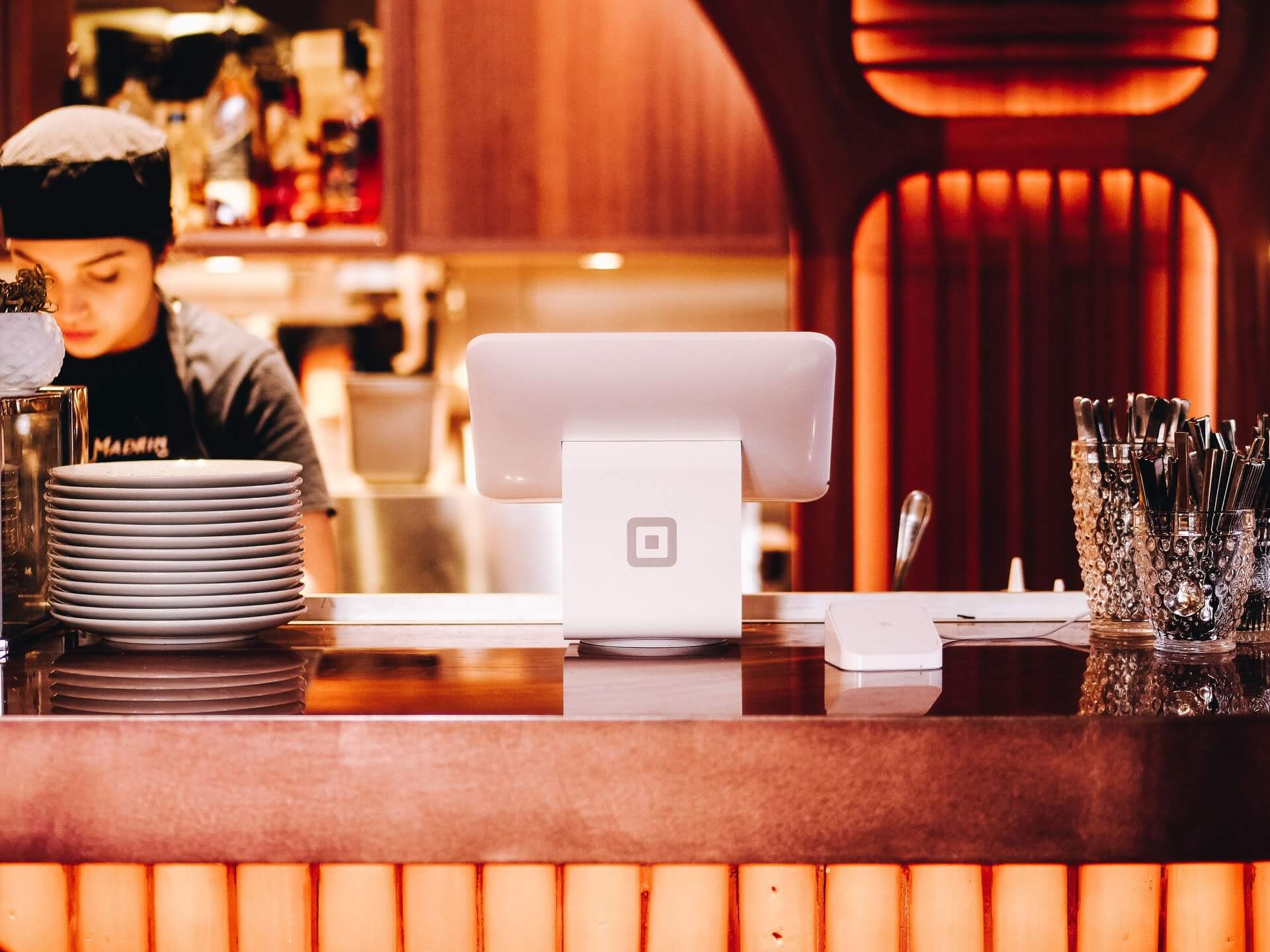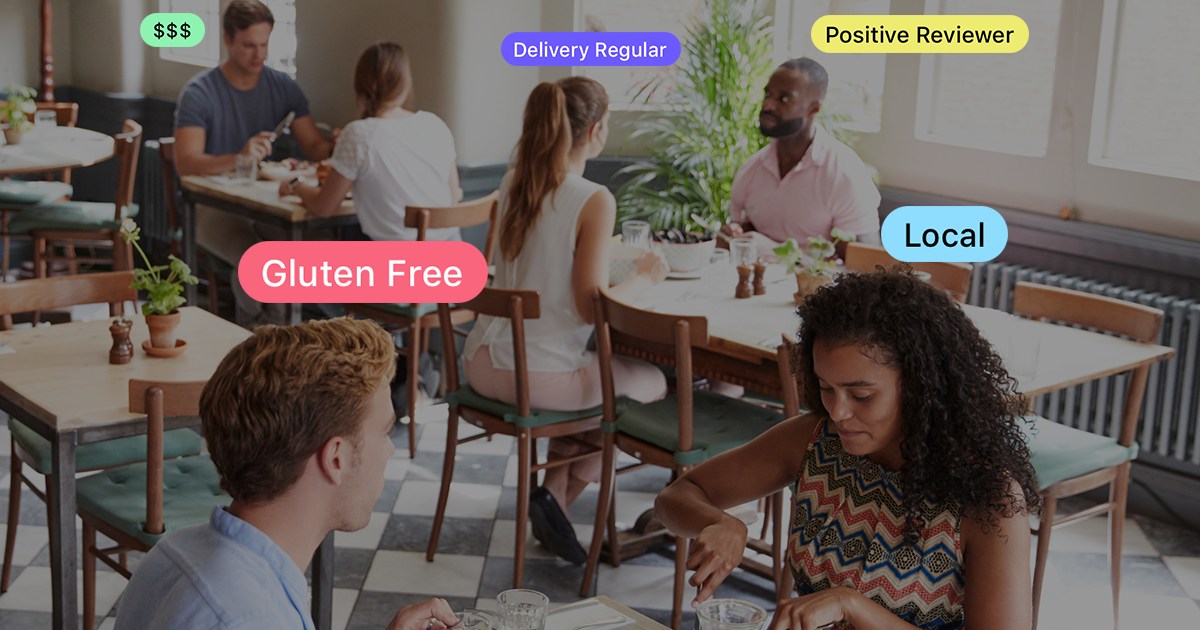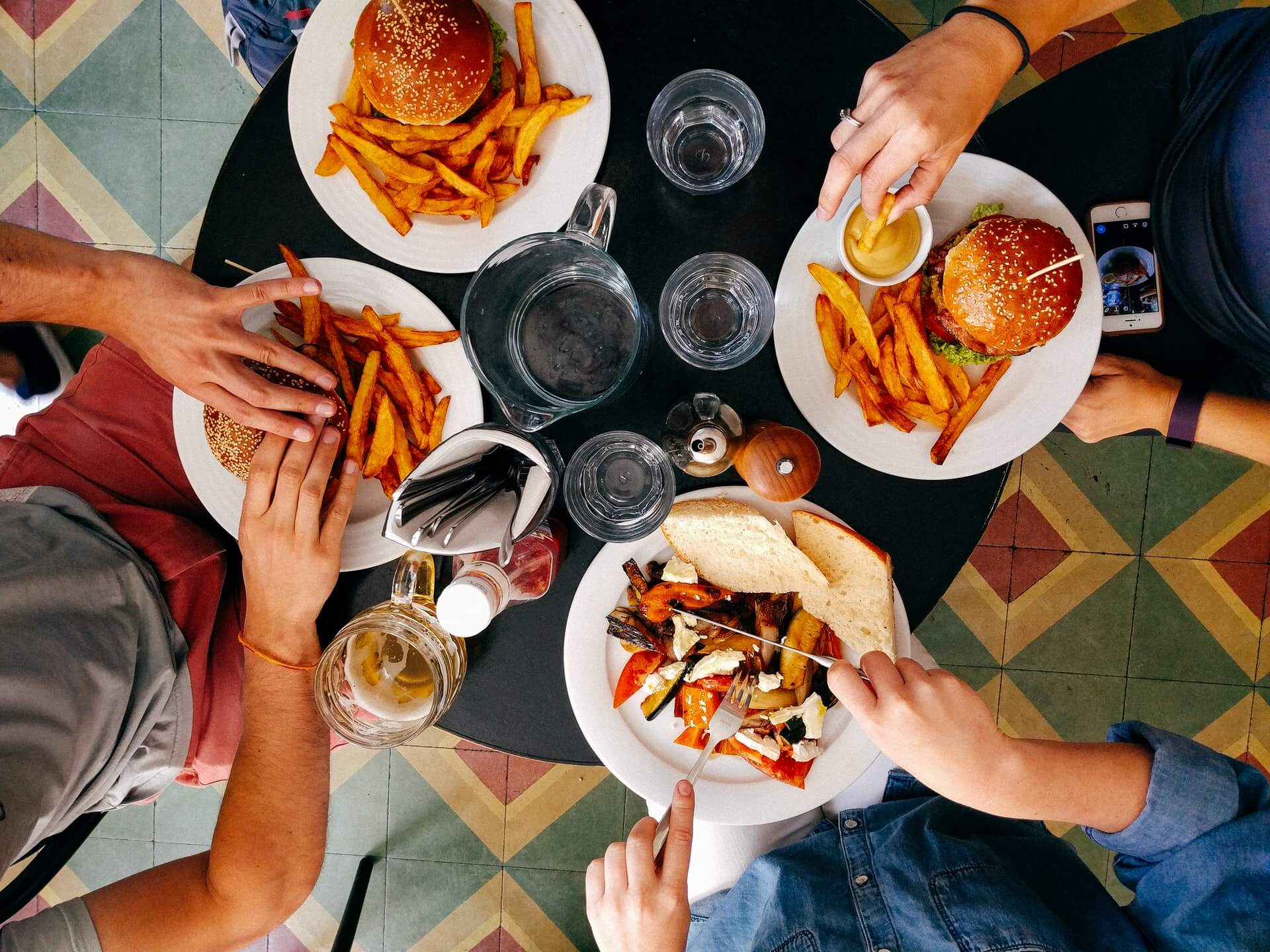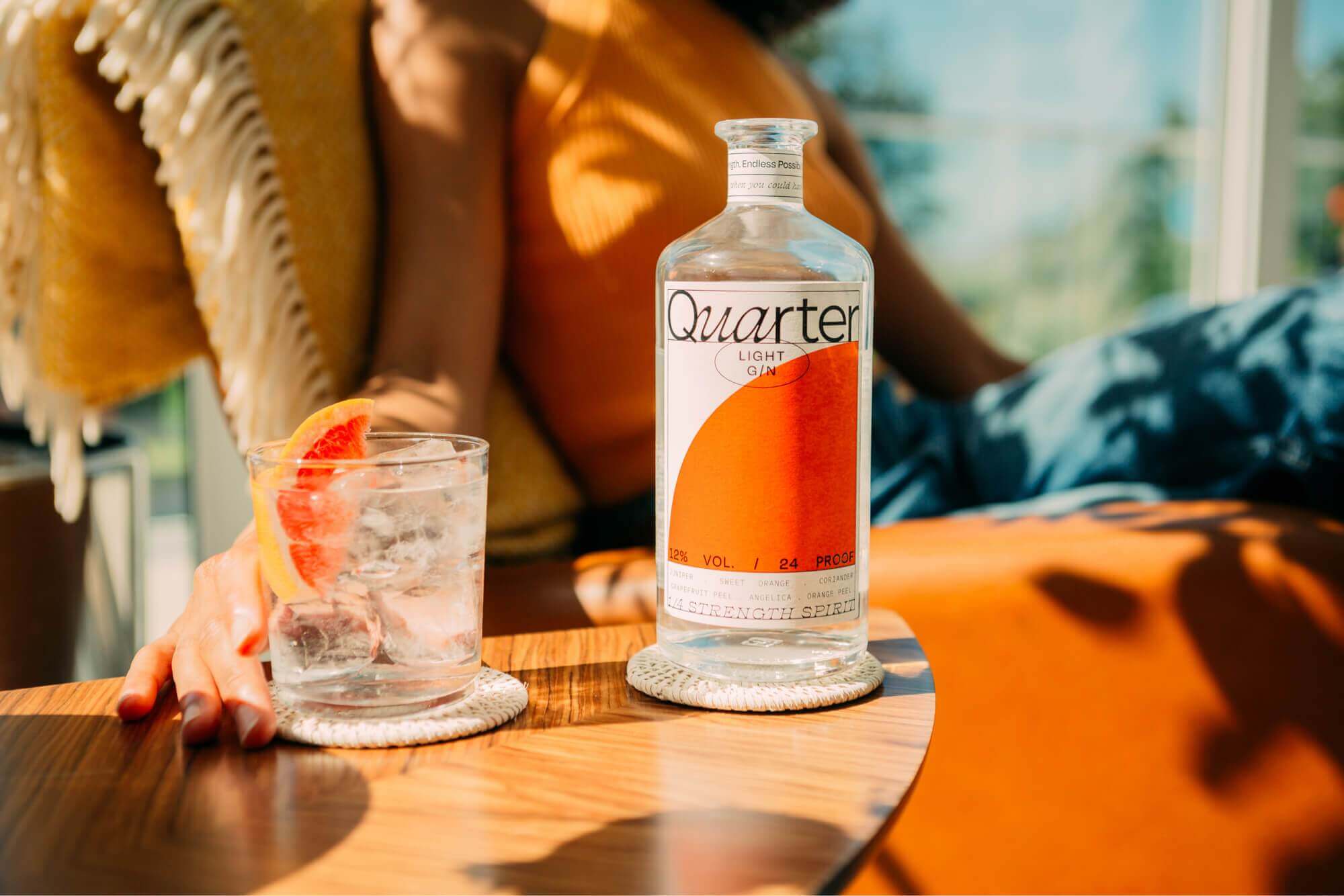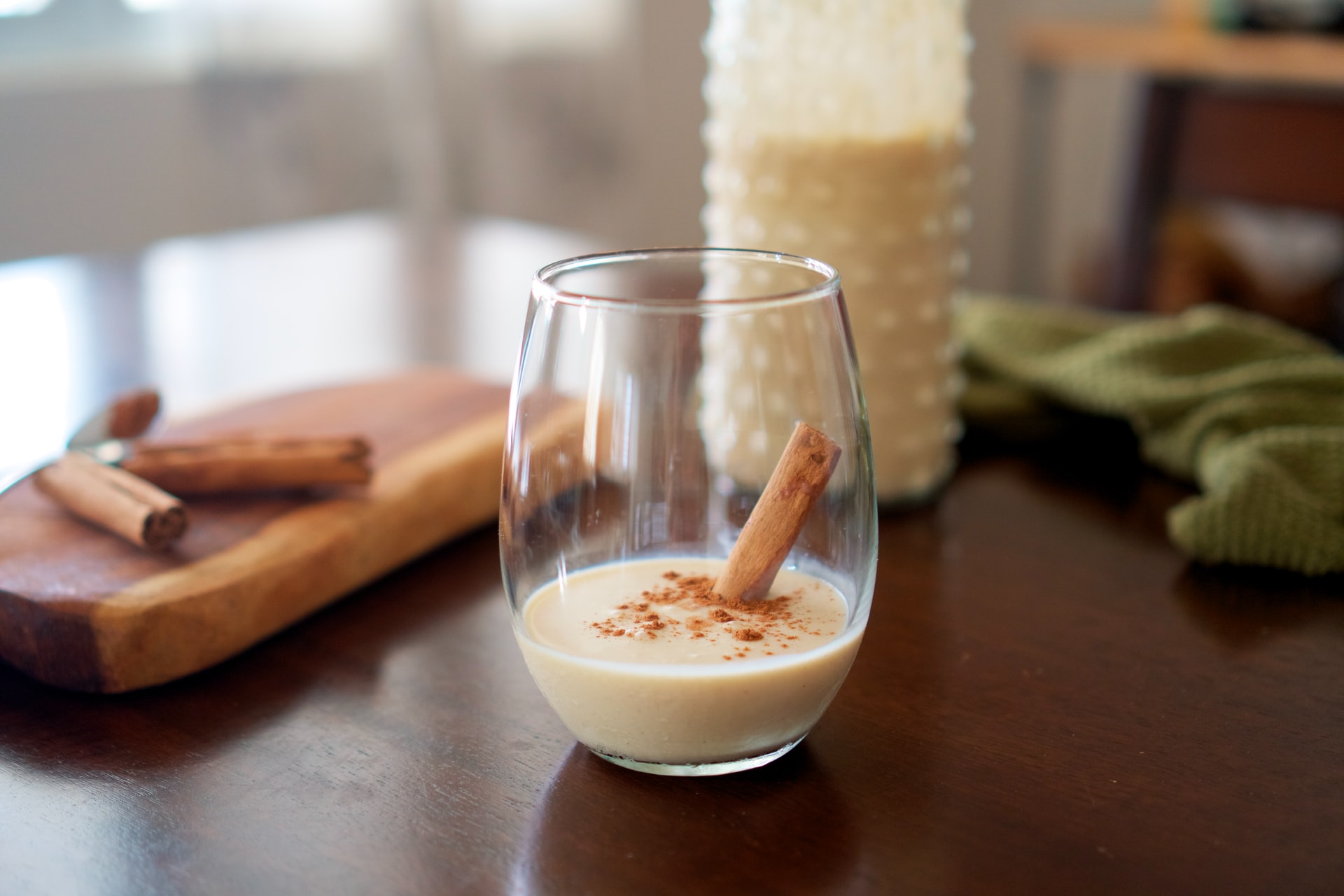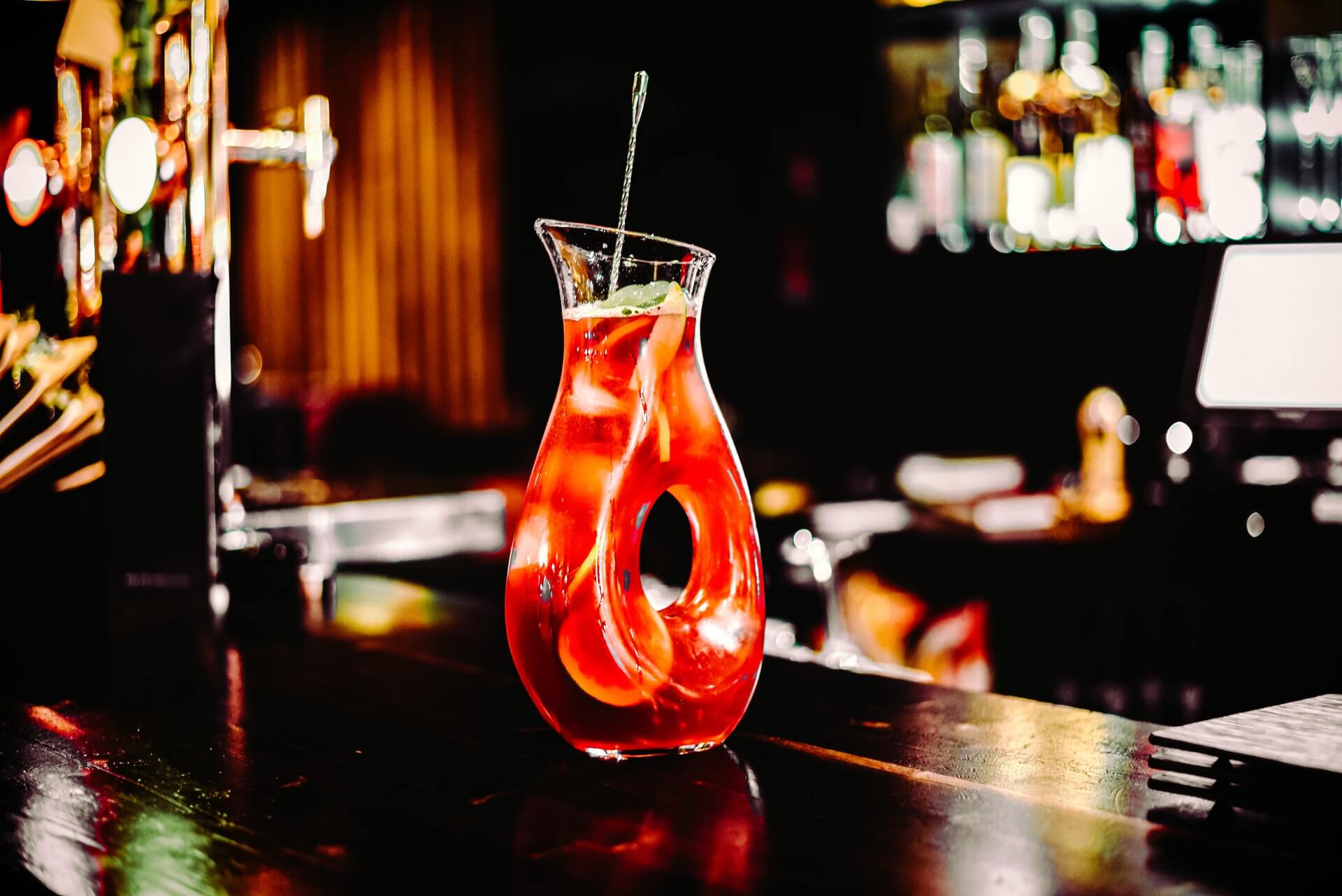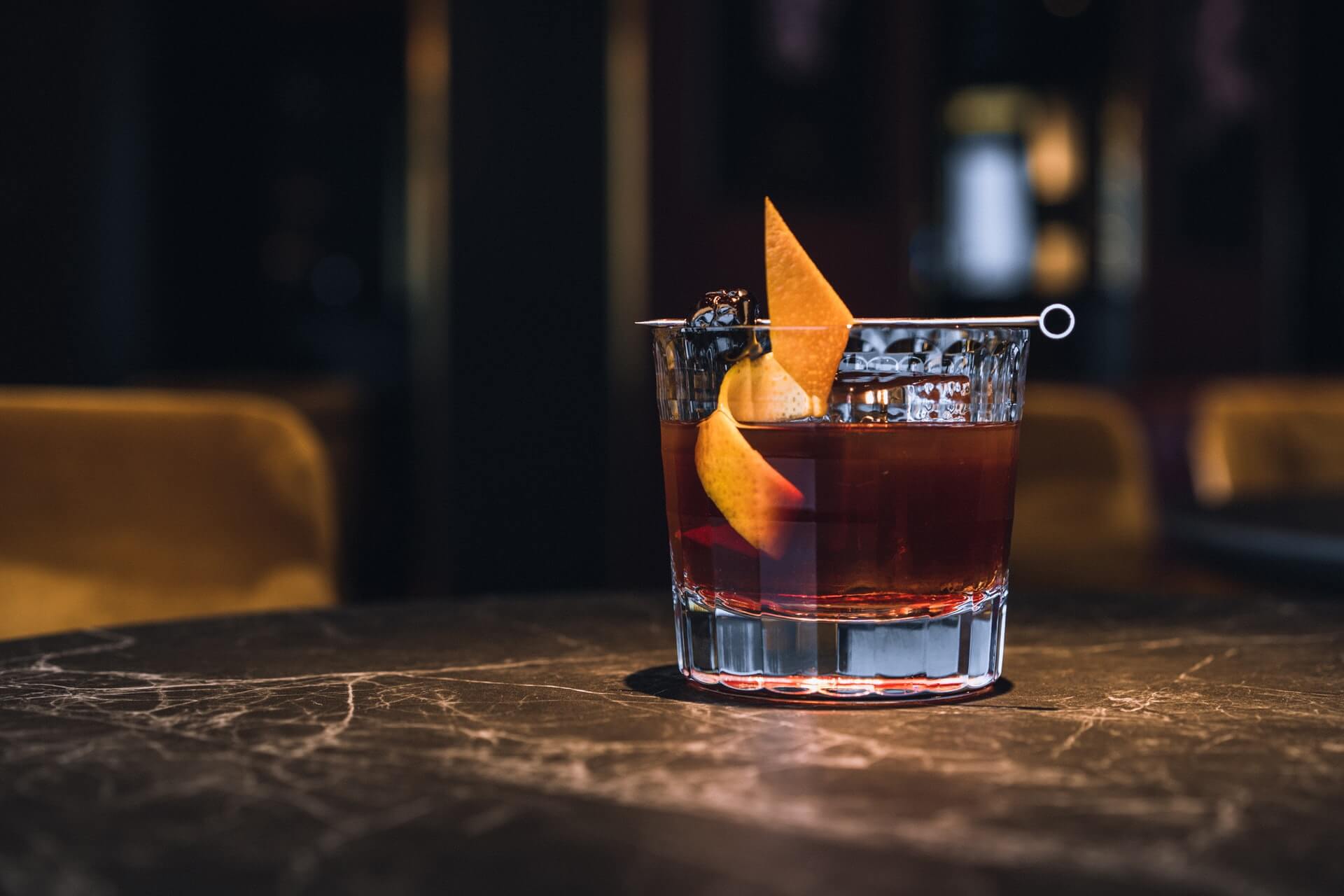Global Trends 2022: Technomic
by David Klemt

What? You didn’t think we would focus only on Canada and America when it comes to 2022 trends, did you?
It’s difficult to keep up with restaurant, bar, and cuisine trends if you keep your focus too narrow.
Technomic is acutely aware of this. So, we took a look at senior research manager Aaron Jourden’s 2022 Global Restaurant Trends Forecast report.
One specific item, a coffee, is a striking standout. But we’ll get to that in a moment…
Operations
First, let’s take a look at restaurant and bar operations.
It’s not just North America that’s facing a labor shortage. And in 2022, Technomic expects this challenge to persist.
There are a few ways we can look at labor shortages and other challenges.
One: We can make no internal changes, pretending hope is a strategy and things will work themselves out magically. Two: We can get cynical and hostile, putting the blame on workers.
Three: We can look at the industry as a whole and operations in particular to make meaningful changes. Working conditions can be improved, leadership skills can be developed, operations can be streamlined, inventory can be cross-utilized and maximized. What are we offering workers and guests? What can be changed to reduce costs, and to increase traffic and revenue?
In other words, operators are in a position to adapt, innovate, and make meaningful changes that will ensure our industry’s long-term survival.
Labor, supply chain, and cost issues will continue in 2022. However, Technomic predicts that 2022 will be the year of measurable recovery.
Fading Ghosts
Technomic isn’t saying that ghost kitchens are going put to rest.
Rather, the firm expects the hype around them to fade away. To be sure, ghost (and virtual—not the same thing) kitchens enjoyed quite a bit more than 15 minutes of fame in 2020 and 2021.
However, we’ve seen recent reports of certain ghost kitchen chains facing logistic and legal troubles. The shine very much seems to be dulling on this pandemic trend.
Again, Technomic doesn’t think ghost kitchens will suddenly disappear. But the incessant coverage? That may be on the way out in 2022.
Food & Flavor Trends
Now, the fun stuff. If Jourden’s report proves accurate, menus throughout the world are going to see some intriguing additions:
- Breakfast Comes Back. With people heading back to the office and children back in school, the breakfast daypart will return. Operators who did away with breakfast may see value in bringing breakfast food and beverages back.
- Chicken or the Egg? Per Jourden’s report, the egg sandwich is in a position to knock chicken sandwiches off their pedestal. So, chicken wins either way. Jourden points to an interesting element of this prediction: Eggs are fun, allowing for puns on menus, marketing, and branding.
- Regional vs. Global. A number of regional brands will stand out against global brands in 2022. Regional brands speak to what today’s consumer wants: locality and hyper-locality; sustainability and responsible business practices; and a focus on healthfulness.
- What Coffee?! Jourden’s report identifies a number of truly innovative and intriguing F&B trends for 2022. The one that grabbed my attention immediately? Avocado coffee. Already popular in Indonesia, avocado coffee is expected to find its way onto menus across the globe. Other items Jourden thinks will gain traction in 2022: Pão de queijo (Brazilian cheese bread), Mexican flatbreads, vegetarian-friendly meat alternative halloumi, mutabal or moutabal (baba ghanoush’s cousin), regional comfort soups, and plant-based eggs.
- Functional Foods. If you didn’t find avocado coffee intriguing, what about dessert foods imbued with healthful characteristics? Jourden identifies a few desserts that do more than satisfy a sweet tooth: Hand pies that boost immune systems, macarons made to enhance moods, and even ice cream that will enhance a person’s skin health and appearance.
Next year is going to be challenging. That simply isn’t up for debate. But it’s also going to be rife with opportunity and innovation for savvy operators.


